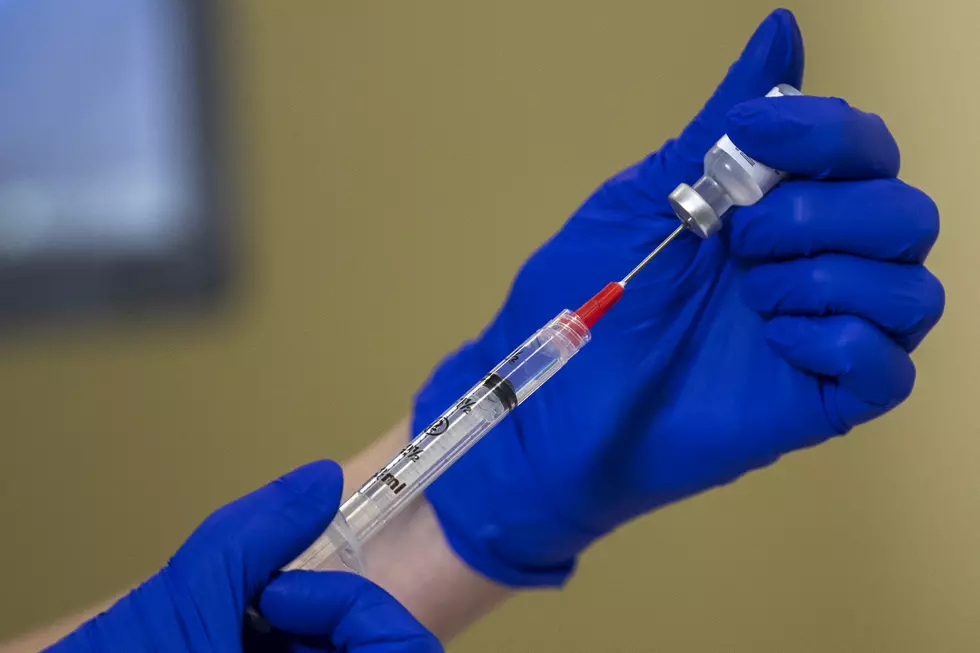
U of M Doctor Discusses Link Between Iron Deficiency and Long-Term Mental Health
UNDATED -- Iron deficiency is the most common nutrient deficiency in the world, affecting around two billion people.
And, new studies led by a University of Minnesota researcher have demonstrated that a lack of iron can have dangerous and permanent effects on the growth and development of the human brain.
“Little metals like iron and zinc and copper and iodine are really important for the functioning of the body, and especially the development of the brain,” explains Dr. Michael Georgieff, Professor of Pediatrics at the University of Minnesota. “In the brain, it actually affects a lot of processes. One is just the energy of the brain; in order for the brain to have energy to make all the branches and connections, and all of those neurons connecting with one another, you need iron to feed the energy of the brain.”
“If you could cure all the iron, zinc and iodine deficiencies, which are the three most common, you would shift the world’s average IQ by 10 points,” he added.
A newborn intensive care doctor by training, Dr. Georgieff’s research is focused on how nutrition affects the brain development of children. Recently, Dr. Georgieff was honored with the March of Dimes' Agnes Higgins Award for his research linking iron deficiency early in life and long-term neurobehavioral challenges, including poor attention, increased risk of anxiety, depression and schizophrenia.
Dr. Georgieff says iron supports healthy, speedy brain functioning, allows it to efficiently produce important chemicals like dopamine and serotonin, and affects genetic development.
“Early in life, you need a lot of iron,” Dr. Georgieff explained. “Later on, during older age, iron can actually be kind of toxic, but early in life, you need iron for all of those building-blocks for the brain.”
Iron deficiency reveals itself through anemia, or a lack of healthy red blood cells, and is most often diagnosed with a blood test. In addition to well-known physical symptoms such as fatigue and weakness, Dr. G says iron deficiency can manifest in a person’s mood or behavior.
“From a brain standpoint, you’d see people become very moody,” he explained. “For example, toddlers who are iron-deficient are very disengaged. Newborns who are iron-deficient don’t attach as well to their mothers.”
Dr. Georgieff says infants experience a “critical period” in their development – and iron plays an important role.
“These are these periods in a person’s life where you’ve got to get it right,” he explained. “You’ve got to build (the brain) right, and those nerves have got to be connecting up in the right way. When you have a process like that, and it’s dependent on iron, but the iron isn’t there, you basically build it wrong and you have structural problems in the brain.”
“An interesting thing we found is that some of the networks that were disturbed by early life iron deficiency are networks we now know code for schizophrenia, autism and different mood changes,” he added.
Fortunately, iron deficiency can be detected through blood tests and completely eliminated with proper nutrition or supplements. Iron-rich foods include red meat, pork and poultry, beans, dark, leafy, dark green vegetables such as spinach, dried fruits and iron-fortified cereals, breads and pastas.
“Most kids, if you treat them with iron, their symptoms are going to go away,” Dr. Georgieff explained. “The anemia goes away, and a lot of the brain’s problems such as moodiness or hesitancy will get better with time.”
Dr. Georgieff says it’s important for people diagnosed with iron deficiency at any age to follow through with their doctor’s orders.
“Part of what we see in pregnancy is moms are either diagnosed with iron deficiency or at risk for iron deficiency and prescribed iron,” he explained. “But, everyone hates to take iron. It’s not pleasant. So, they don’t take it. And, I think that’s where a lot of the problems come from. After the baby is born, it’s up to the family doctor or pediatrician to know to screen the child for iron deficiency by about nine months of age. We know babies are pretty safe until then.”
“And, that testing should be routine in the doctor or pediatrician’s office,” he added.
Dr. Georgieff says the easiest way to treat iron deficiency is to prevent it from occurring in the first place with proper nutrition and routine medical care at every age.
“There’s the old adage – an ounce of prevention is worth a pound of cure – and this is the poster child for it,” Dr. Georgieff said. “If we don’t break this cycle, we’ll be having the same conversation with the next generation.”
10 Things Minnesotans Do During a Polar Vortex
More From KRFO-AM


![Watch a Truck Plunge 70 Feet Off Overpass Onto Highway Below [VIDEO]](http://townsquare.media/site/150/files/2021/02/FOX6-News-Milwaukee-YouTube.jpg?w=980&q=75)






